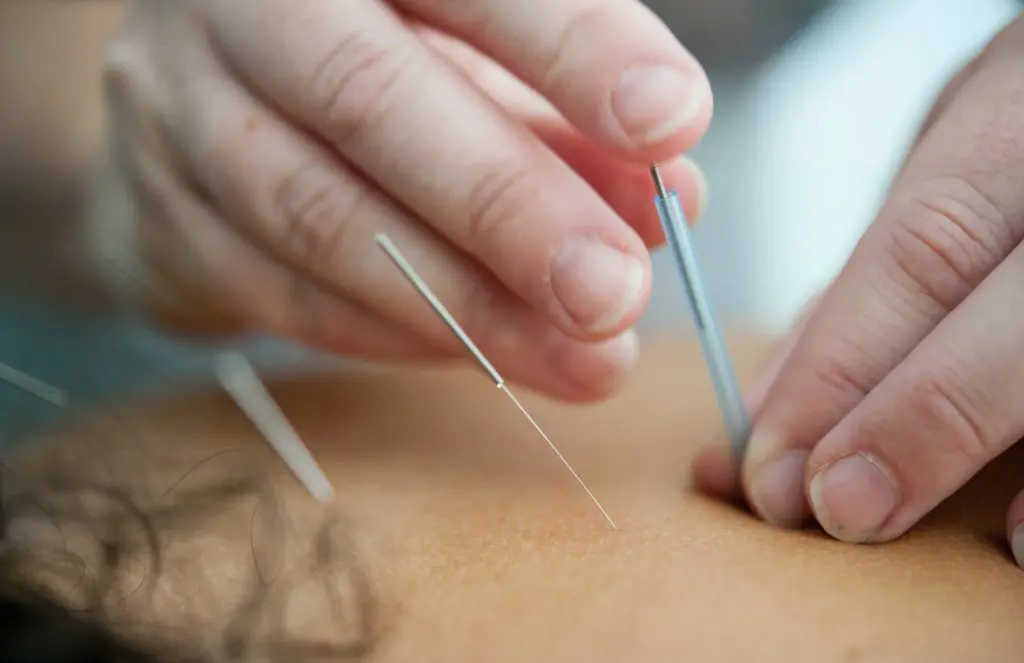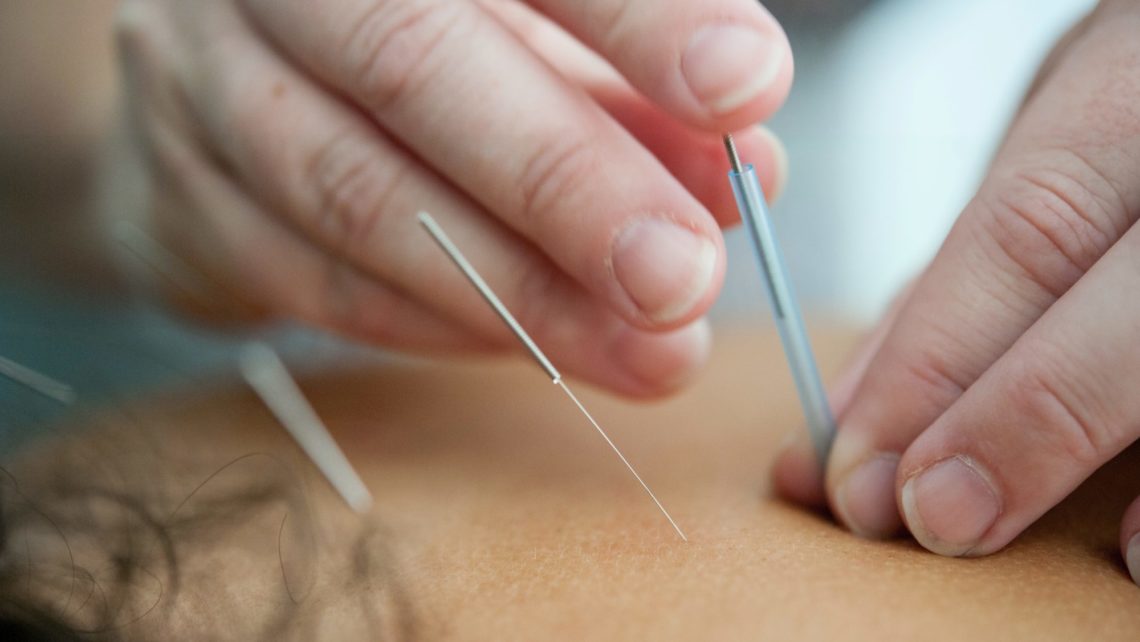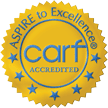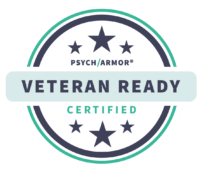Acupuncture: Why It’s a Promising Alternative Treatment
 Chronic pain, anxiety, and sleep disruptions are sometimes hard to manage in recovery, as their intensity varies for each of us. Fortunately, alternative therapies such as acupuncture provide great relief for many people—and this method in particular has centuries of success to support it. Don’t flinch away yet! Learn why it might help you.
Chronic pain, anxiety, and sleep disruptions are sometimes hard to manage in recovery, as their intensity varies for each of us. Fortunately, alternative therapies such as acupuncture provide great relief for many people—and this method in particular has centuries of success to support it. Don’t flinch away yet! Learn why it might help you.
What Is Acupuncture?
Acupuncture is a form of traditional Chinese medicine (TCM) more than 2,500 years old. The National Center for Complementary and Integrated Health (NCCIH) indicates that “TCM practitioners use various psychological and/or physical approaches (such as acupuncture and tai chi) as well as herbal products to address health problems.”
Practitioners insert fine sterilized filiform (threadlike) needles into a person’s skin along meridian points in their body that stimulate muscles, nerves, and tissues. This energetic release, known in TCM as qi (pronounced “chee”), produces biochemical changes “that may stimulate the body’s natural healing abilities and promote physical and emotional wellbeing,” according to Johns Hopkins. In most states, acupuncturists must be certified and licensed, similar to practitioners of other modalities, such as massage therapy. Some insurance plans cover procedures in certain circumstances, but other plans don’t.
Currently, there’s research that both supports and questions acupuncture’s effectiveness. However, the American Academy of Medical Acupuncture (AAMA)—“the only professional organization in the U.S. that represents licensed physicians, MDs, and DOs, who have integrated acupuncture into their modern, Western medical practices”—outlines key benefits of the practice including, but not limited to:
Pain Relief
From low back pain to migraine headaches, arthritis to fibromyalgia, some people use acupuncture treatments as a holistic approach to managing chronic pain symptoms more effectively. This is probably the most widely accepted application, especially if it helps reduce dependency on pharmaceutical pain relievers.
Improved Sleep
It’s possible that acupuncture is a therapeutic approach for insomnia and other sleep disturbances because it increases neurotransmitters GABA and serotonin—both of which contribute to the regulation of mind and body functions such as mood, relaxation, and sleep.
Mood Regulation
The AAMA cites numerous studies of how acupuncture treatment provides an additional resource within the scope of balanced and healthy lifestyle habits to lessen the effects of anxiety and depression symptoms.
Enhanced Calm and Clarity
When administered in an addiction rehabilitation environment, acupuncture may facilitate all of the above, plus ease someone’s withdrawal symptoms, reduce stress, and minimize cravings. Stimulating a more natural healing response is another benefit to provide a better foundation for recovery. The Cleveland Clinic indicates that the NADA protocol is a frequently used method in addiction treatment.
What’s an Acupuncture Session Like?
Your certified acupuncturist or medical practitioner should do a thorough health intake with you, including details such as current and past health status, medications and supplements, nutrition and exercise, contraindications to the application (which vary by circumstance), and so on.
Now, let’s address the elephant in the room—the needles! Unlike sewing or hypodermic needles, stainless steel acupuncture needles have rounded, blunt tips and are much smaller in size (also known as the gauge). The NCCIH notes that “the U.S. Food and Drug Administration regulates acupuncture needles as medical devices and requires that they be sterile and labeled for single use only.”
Does acupuncture hurt? For some people, the moment of insertion feels like a little prick, then the sensation goes away. Others barely notice the process at all. It all depends on needle placement: for example, the ear will be far more sensitive to insertion than the thigh. But needle insertion is always shallow. There are approximately 360 acupuncture points in the body, but depending on the required treatment, 10–to–20 needles at a time are used during a session.
An acupuncture session frequently encourages an individual to lie quietly for a period of time—30-50 minutes is common—and most people relax easily, forgetting about the needles altogether. However, shifting around during a session jiggles them, and that can indeed be painful until movement stops. Other applications might require the insertion of a few needles and a light walk, or using needles combined with other applications, such as cupping therapy.
Depending on the course of treatment, reducing symptoms of acute issues may require more frequent sessions over a short period of time, say 4–6 weeks. While each individual’s experience varies, some evidence states that many people feel noticeably better after just one treatment. In other cases, chronic pain sufferers progress after an initial phase of treatment to eventually use acupuncture as a health maintenance application, similar to massage or chiropractic care.
Not Ready for Acupuncture? Try More Holistic Possibilities for Wellness at Seabrook
Acupuncture might be a beneficial approach if you or a loved one has tried other forms of pain management, symptom relief, and sleep remedies but is still not experiencing progressive results. This centuries-old treatment has helped millions of people from all walks of life, and is one of the many holistic therapies available from professionals at Seabrook’s four New Jersey addiction rehabilitation facilities. To learn more about it, talk with a member of our admissions team.




